Top: The Mavasagueh Community Forest overlaps 3,200 acres of private land two individuals are claiming. New Narratives/James Harding Giahyue
By Emmanuel Sherman
Editor’s Note: This story is the first part of a series on the illegalities associated with a newly established community forest in Compound Two, Grand Bassa County.
VAMBO, Grand Bassa – One day in 2022, a logger visited Gblorso Town and asked elders to prospect their forest. The elders consented, and Clarence Massquoi found marketable timber species there, promising to return soon.
Then Massaquoi disappeared and returned in October last year with a surprising message: His company, C&C Corporation (CCC), would break ground for the construction of a major road from BIA through Vambo and Marloi Townships in Compound Number Two, Grand Bassa County. CCC had signed a logging contract with the townspeople for 26,003 hectares of forestland in exchange for local development.
“The elders told him if you view the forest come back to us. He did not come back until last year October,” said Nathaniel Clarke, Commissioner of Vambo Township who helped organize a meeting between Massaquio and the community.
“I got a call from the development chairman asking me to go to [a place] because there is a company coming in there,” said Clarke.
The Commissioner was rightfully surprised. Evidence, backed by interviews with local people and forestry actors, shows the Forestry Development Authority (FDA) skipped legal steps in the Mavasagueh Community Forest’s formation. The evidence establishes that the FDA, CCC, and some community leaders rushed to enter contracts, ignoring several red flags.
The nine-step process, which made Mavasagueh a community forest, had begun in 2011 and ended in 2023. The forest covers 26,003 hectares and is owned by 39 communities across the Vambo and Marloi Townships. In August last year, locals entered a logging contract with CCC, a company established in 2022 and has no history of logging.
But a civil society review of Mavasagueh’s documentation last January reveals that the FDA did not do a good job. Seven organizations under the Community Forest Working Group (CFWG) found the process improperly documented and, that there was inadequate community awareness and participation.
The group also found that the community governance structure had not been established in line with the law, suggesting that civil society did not participate in Mavasagueh’s elections.
“Based on the final decision of the technical committee CFWG that reviewed the documents, it wasn’t clear whether CSOs that may have participated in those processes were member organizations of the CFWG,” said Jackson Nobeh, the committee’s facilitator in an emailed statement.
Nobeh’s comments were corroborated by Bonathan Walaka of the National Union of Community Forest Body, who said the group played no part in elections. Other organizations also deny participating, including the Sustainable Development Institute, which helped make the rules for community forestry.
There is no record the FDA fixed the issues. The regulator did not answer questions regarding the NGO’s assessment and other queries for comments in this story.
Not informed
The DayLight visited several of Mavasagueh’s 39 towns and villages, talked to townspeople, and attended four meetings between December and last month, confirming what the NGOs had unearthed.
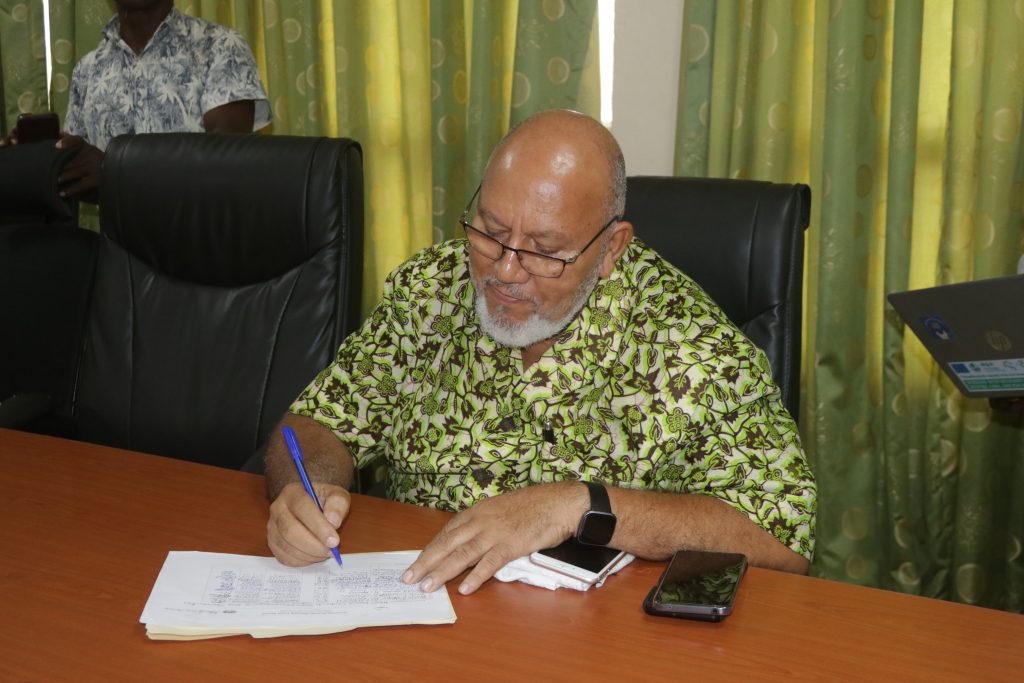
In the December meeting, citizens and elders said they were unaware of Mavasagueh’s formation and the logging contract.
“We were not informed about the company coming into our township,” said Martha Vondleh, a representative of Togar Town to Mavasagueh’s assembly.
“I have seen no document, we want to see the paper,” added David Key, a representative of Boo Town. He said he did not even know his role in the leadership.
Townspeople accused Daniel Dayougar, Vambo’s former Commissioner of handpicking members of Mavasagueh’s community assembly. The assembly, representatives of forest-owning towns and villages, is the highest decision-making body in community forestry.
“He selected people he had influenced over,” said Alexander Weegar, a resident of Gblorso Town.
This is not the first time Dayougar has been accused of selecting community leaders. In 2020, Dayougar was similarly accused when he chose signatories to a bogus MoU for a road project in exchange for Vambo’s logs.
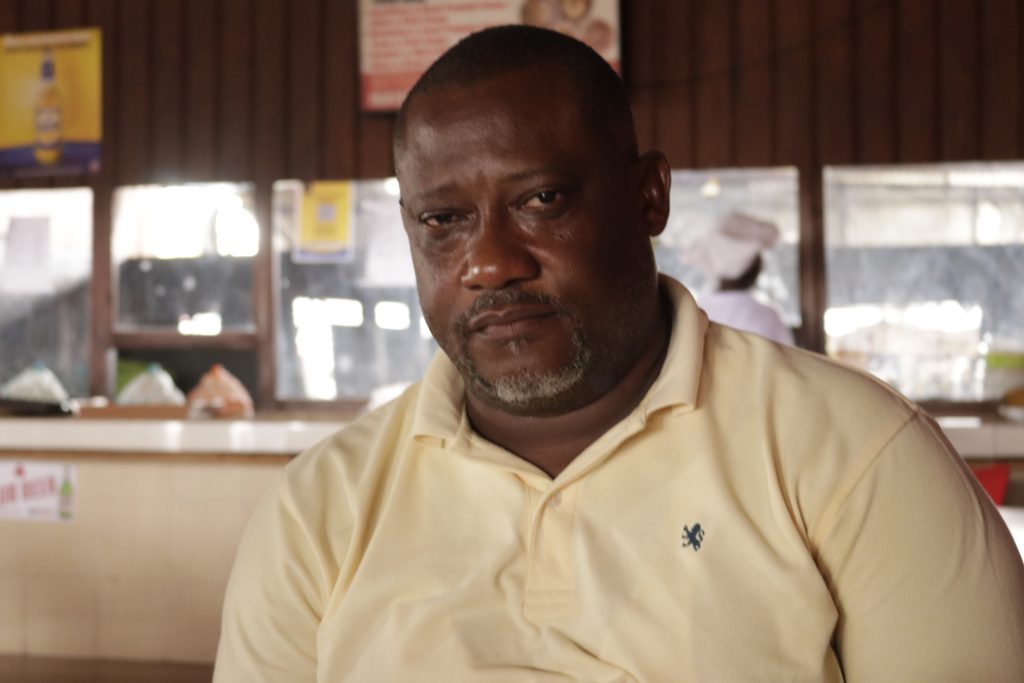
Dayougar, now the liaison officer with CCC, denies any wrongdoing in the past or now, calling the accusation “false and misleading.”
“I believe people want to do things to spoil my reputation. The CAs from Vambo were sent by the dwellers, of their respective communities. Elders, chiefs, and youths were the ones who sent those people,” said Dayougar.
People in neighboring towns and villages said they did not play a required role in the demarcation and mapping of Mavasagueh’s area. Gblorso, Philip Town, and Reeves Town were among them. Interestingly, it was in Gblorso Town, where Massaquoi met the elders in 2022.
In one of the meetings last January, Massaquoi apologized for not making the contract available and shared it with the elders four days later.
Controversial private land
The lack of participation and awareness was not the only problem with Mavasagueh. Reporters uncovered a land conflict involving the community and two families.
Khalil Haider resident of Buchanan, is claiming 3,200 acres of land between Noway Town and Jesse Town, along the St. John River. The DayLight obtained copies of Haider’s 1958 probated deed signed by the late President William V.S. Tubman, and other documents.
In a November letter to the FDA, Haider informed the agency that he owned the land, about a fifth of Mavasagueh’s size.
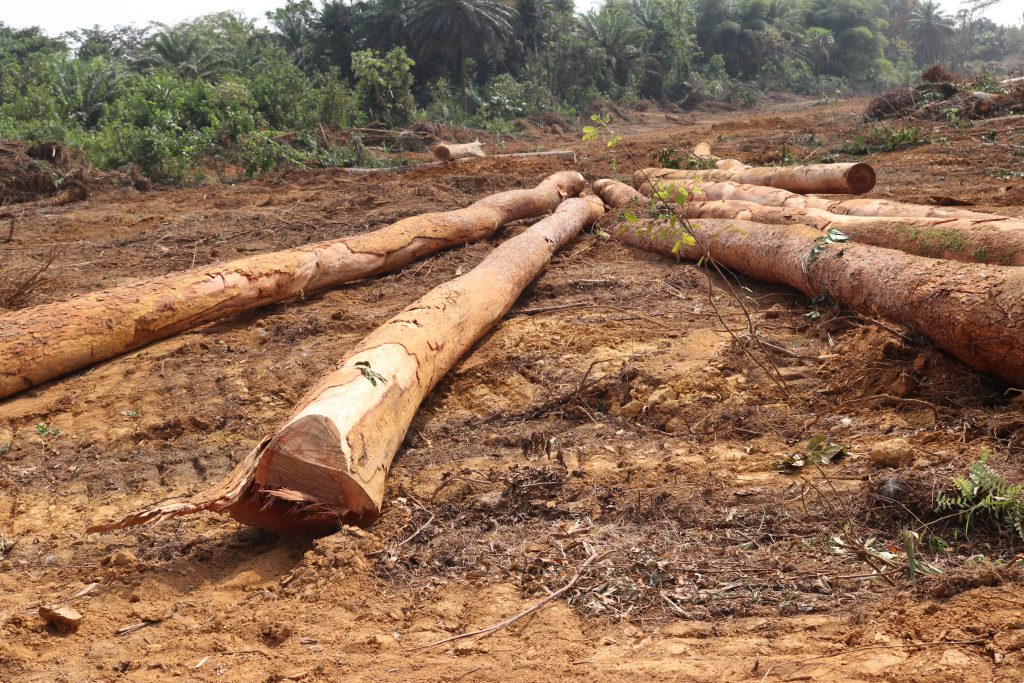
“I have learned the logging company has already sent a survey team, and that your entity has the boundary of the area,” read the letter. “Enclosed is a copy of my deed and coordination of my property to determine if it falls within the company’s operation area.”
Haider might have compromised with Massaquoi. However, his claim proves that the FDA did not conduct demarcation and mapping properly, flouting its guidelines for creating a community forest.
The guidelines—something USAID invested millions in—require the regulator to post notices in Mavasagueh and neighboring communities for at least 30 days at various levels of the process. The guidelines also require the FDA to work with other government agencies to resolve claims—or re-conduct the process.
The evidence shows that did not happen. Instead, the FDA asked Haider and Massaquoi to work together and iron out their differences. Managing Director Rudolph Merab called them for a meeting after Haider’s complaint, according to Haider and Massaquoi.
“I received a call from [Mr. Merab], stating that if I pursued it further, they would have to cancel everything until two to three years before anything,” Haider told The DayLight. He added he empathized with Massaquoi because CCC spent a lot of money paving over 15 kilometers of a major road in the community.
“Haider and I settled, and said he would work with the community and me so, the FDA should let the document be processed,” Massaquoi told a DayLight interview.
The evidence supports the men’s comments, as CCC has obtained a harvesting certificate and has begun felling trees in the rocky forest.
The guidelines aside, Merab’s mediation is unlawful. Community forests should not overlap private forestlands, and loggers are disallowed from conducting community forest operations on such plots.
By the National Forestry Reform Law, CCC will have to obtain a private use permit (PUP)—a logging right awarded for a private forestland—to operate on the 3,200 acres.
A PUP is, however, impossible at the moment. There is a moratorium on such contracts after it led to forestry’s biggest postwar scandal in 2013, where contracts for some 2.5 million hectares of forests were illegally awarded. Merab and Augustine Johnson, the FDA’s demarcation and mapping consultant, were involved in that scandal.
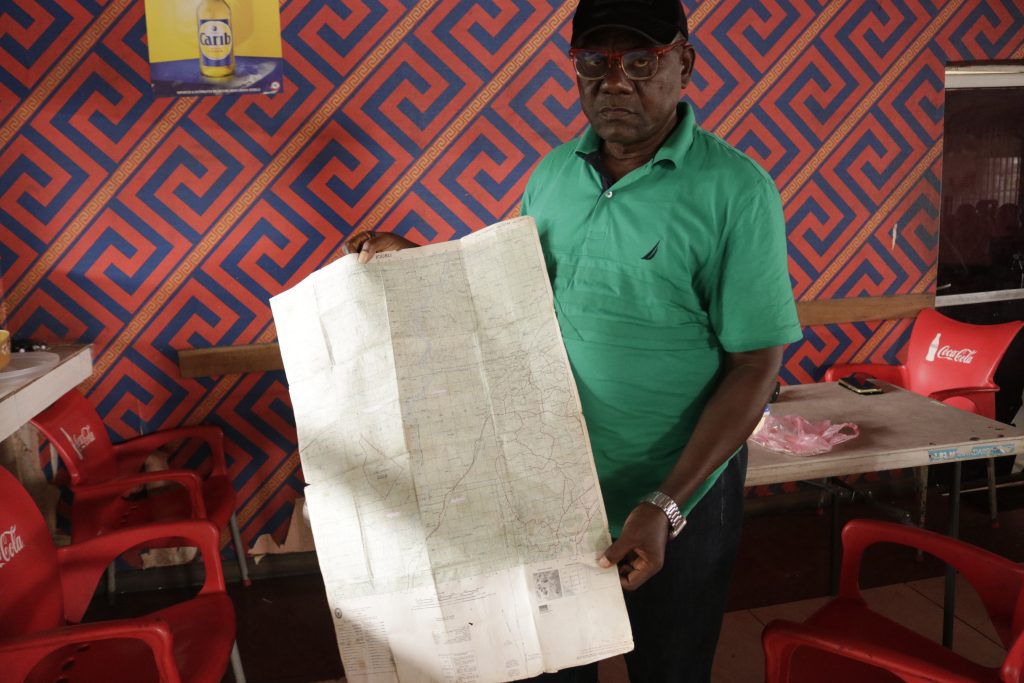
‘Fake deed’
Haider might have a so-called arrangement with Massaquoi but not with some elders. Borbor Kaykay, an elder of a village that bears his name, contested Haider’s claim at a meeting last month. Haider and Kaykay fought after a series of verbal exchanges, according to our reporter, who witnessed the incident.
“He came and brought some paper and said he owned land up the mountain. I told him, ‘You don’t have land here. I have been the elder here since 2002,’” explained Kaykay.
Meanwhile, another person is also claiming ownership of the 3,200 acres Haider claims. A resident of Marshall, Margibi, Amos Lewis is the late Paramount Chief Reeves’ stepson. Like Haider’s, Reeves’ deed, which the DayLight obtained, was signed in the Tubman era.
Lewis counterclaims that Haider’s late mother, Rosa Dillion, secured the land for the late Paramount Chief Reeves, not for herself as Haider claims.
“My name Amos Lewis is on the deed,” Lewis said. “Haider does not know anything about that land. He faked those things from his mother.”
Haider refuted Lewis’ side of the story, saying the late Reeves “surrendered the deed to my mother.”
Lewis said he would lodge a complaint with the FDA on Tuesday.
[Ojuku Kangar contributed to this report]
This story was a production of the Community of Forest and Environmental Journalists of Liberia (CoFEJ).

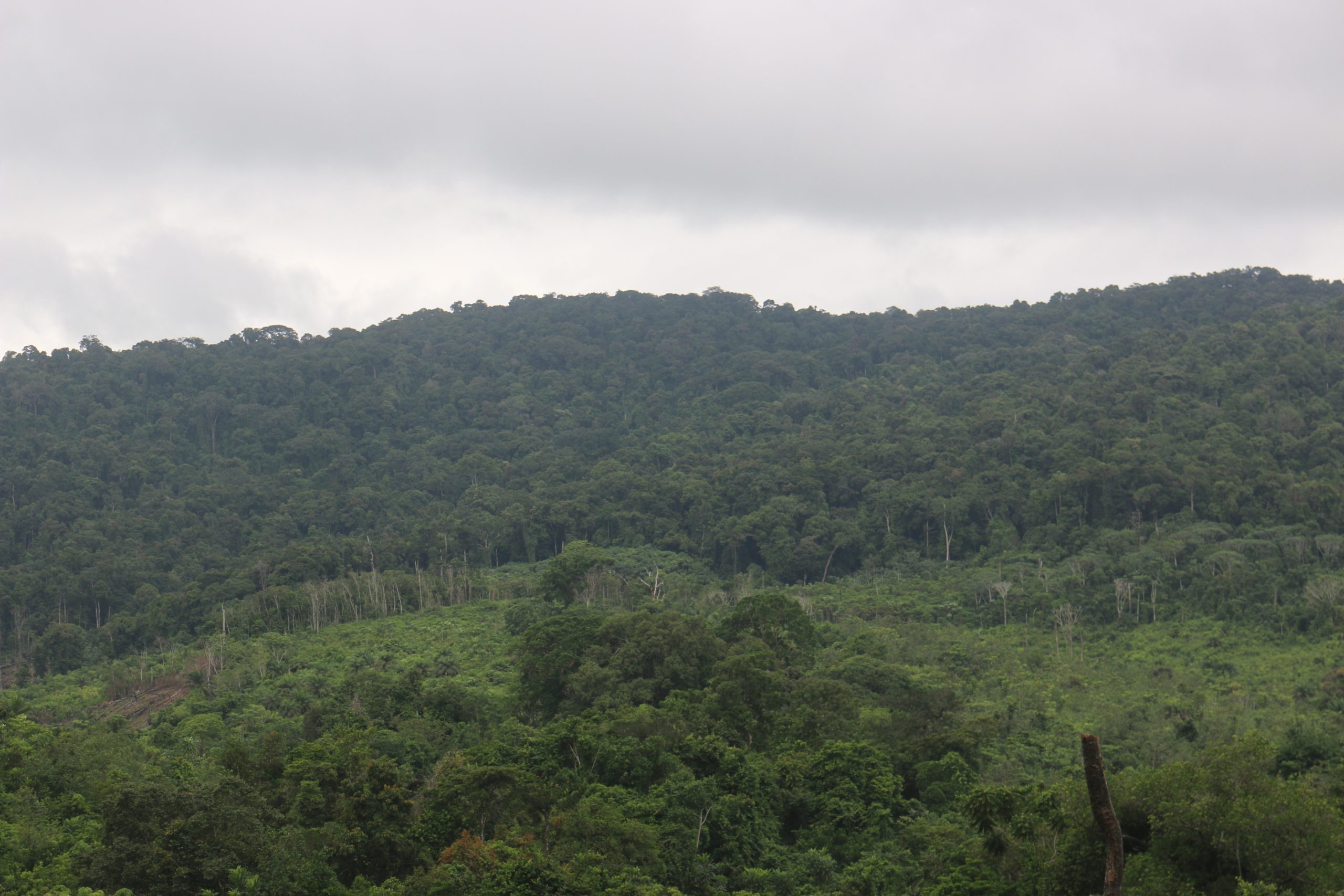
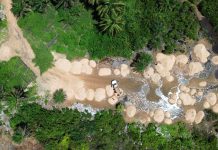
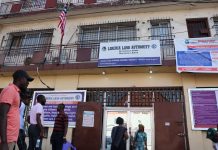
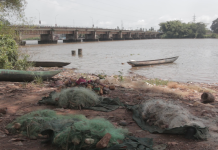
Facebook Comments